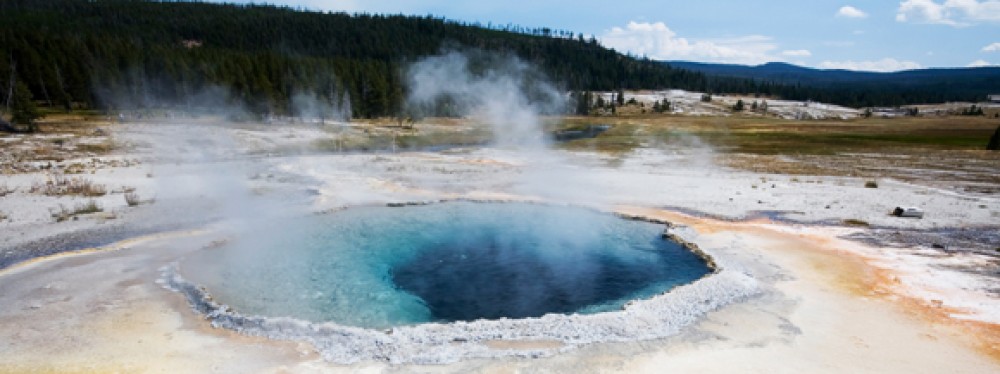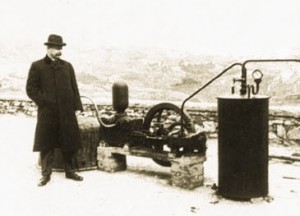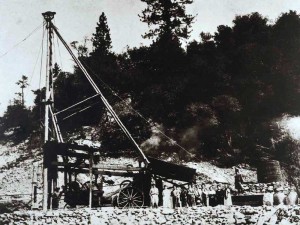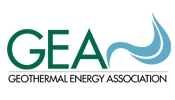1830
In 1830, in Hot Springs, Arkansas, a man by the name of Asa Thompson charged one dollar for the use of three spring-fed baths in a wooden tub. This was the first known commercial use of geothermal energy as a heating system.
1847
The Geysers, a “steaming valley” just north of San Francisco, are discovered by a man named William Bell Elliot.
1892
The world’s first geothermal district heating system was established in Boise, Idaho. Within a few years, over 200 homes and 40 businesses were heated through this system.
1904
The first geothermal power plant was invented by Prince Piero Ginori Conti in Larderello, Italy.
1922
The United States’ first geothermal power plant is installed.
1927
The first exploratory wells are drilled by a company named Pioneer Development Company in Imperial Valley, California.
1960
The country’s first large-scale geothermal electricity-generating plant is installed at the Geysers. Pacific Gas and Electric operates the plant, which produced 11 megawatts (MW) of net power.
1972
The Geothermal Energy Association, or GEA is established. The GEA includes U.S. companies that develop geothermal resources around the world for electricity generation and direct-heat uses.
1973
The oil crisis started in October, when the members of the Organization of Arab Petroleum Exporting Countries proclaimed an oil embargo. Many countries began looking for renewable energy sources.
1977
The U.S. Department of Energy, or the DOE is formed.
1980
UNOCAL, the Union Oil Company of California, builds the country’s first geothermal flash plant, generating 10 MW at Brawley, California.
1981
The first electricity is generated from geothermal resources in Hawaii.
The Department of Energy demonstrates the production of electricity from moderate temperature geothermal resources using binary technology at Raft River, Idaho.
1989
The world’s first hybrid (organic Rankine/gas engine) geopressure-geothermal power plant begins operation at Pleasant Bayou, Texas, using both the heat and the methane of a geopressured resource.
1994
DOE initiates two industry and government collaborative efforts to promote the use of geothermal energy. Their main goal is to reduce greenhouse gas emissions. One effort is aimed toward the development of geothermal resources for electricity generation. The other effort is directed toward the accelerated use of geothermal heat pumps for heating buildings.
2005
The Energy Policy Act of 2005 was passed. This policy changed U.S. energy policy by providing tax incentives for different types of energy production. It included several changes directed towards making geothermal energy more competitive with fossil fuels when it came to generating electricity.
According to the U.S. Department of Interior’s Bureau of Land Management, geothermal energy generated 14,800 GWh of electricity in 2005, enough power to supply the needs of about 1.3 million homes.
2012
The Enhanced Geothermal Systems (EGS) field demonstration project produces a steam equivalent of five megawatts at an abandoned part of The Geysers. This encouraged expectations that this large energy source can be further developed and scaled up in the long-term for nationwide electricity generation.
2013
The DOE invests in a project that takes advantage of close-looped geothermal electricity generator to generate essentially zero-emission electricity for less than 6 cents/kWh.
Primary Author: Jessica Ross
Edited by: Allison Scoular, Andrew Leuschner
Sources:
“Energy.gov.” A History of Geothermal Energy in America. N.p., n.d. Web. <http://energy.gov/eere/geothermal/history-geothermal-energy-america>.
“History and Timeline | Calpine Corporation.” History and Timeline | Calpine Corporation. N.p., n.d. Web. <http://www.geysers.com/history.aspx>.




